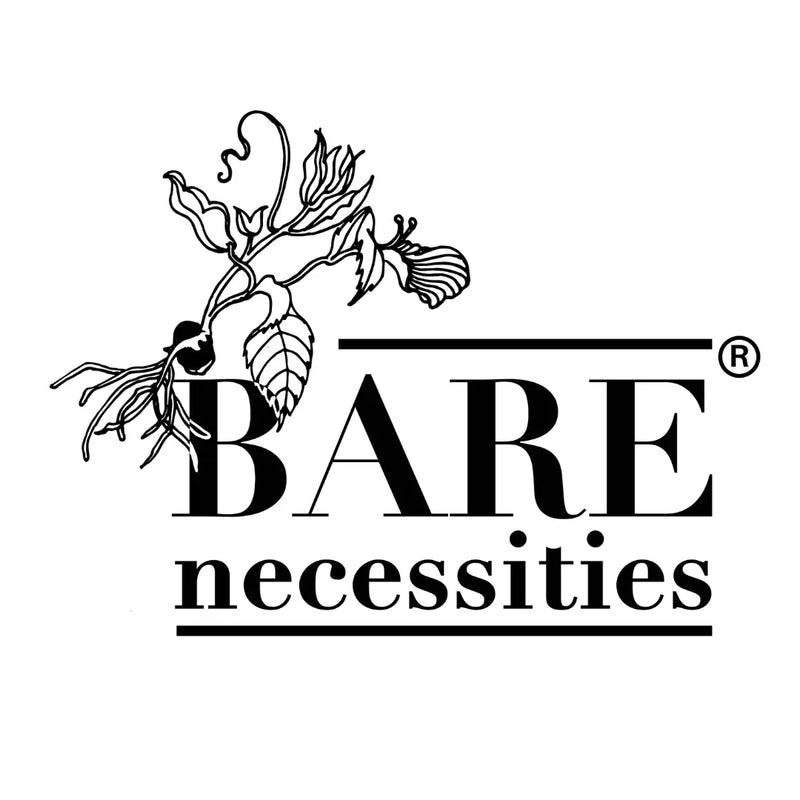You have been Ly-ed to
Have you ever heard of the need for caustic soda to make soap? We got you covered.
What is lye?
Lye is a very alkaline product that is used to make soap, but it is also used in the food processing and pharmaceuticals. There are several types of lye, the most known and most commonly used being NaOH, sodium hydroxide, and KOH, potassium hydroxide.
History of Lye
Traditionally, lye was made from wood ashes! To be precise, by allowing the wood ashes to seep in water, a lye-type (or at least a caustic basic) solution was formed. This lye solution is also known as potash, or “pot ash” (from soaking ashes in a pot).
Modern lye
Sodium hydroxide (NaOH) is a white, crystalline-like substance widely used in soap-making and pharmaceuticals.
Sodium hydroxide is a key ingredient in the saponification process that is used to create our palm-free, vegetarian soap base. It starts with rapeseed and coconut oils that are made up of triglycerides, which are compounds made of fatty acids and glycerine. When heated together, triglycerides and sodium hydroxide react and create a fatty acid salt, which is more commonly known as soap, and leave all the glycerine aside.
[Source: https://uk.lush.com/ingredients/sodium-hydroxide]
Where else is it used?
- Pharmaceuticals - Sodium hydroxide is used to help manufacture a variety of medicines and pharmaceutical products, from common pain relievers to anticoagulants that can help to prevent blood clots, to cholesterol-reducing medications),
- Water treatment - Municipal water treatment facilities use sodium hydroxide to control water acidity and to help remove heavy metals from water. Sodium hydroxide is also used to produce sodium hypochlorite, a water disinfectant.
- Papermaking - In many paper making processes, wood is treated with a solution containing sodium sulfide and sodium hydroxide. This helps dissolve most of the unwanted material in the wood, leaving relatively pure cellulose, which forms the basis of paper. In the paper recycling process, sodium hydroxide is used to separate the ink from the paper fibers allowing the paper fibers to be reused again.
- Food production - Sodium Hydroxide is used such as curing foods like olives or helping to brown Bavarian-style pretzels, giving them their characteristic crunch.
In simpler words,The chemical reaction of making soap, called saponification, is complete, the lye and oil molecules have combined and chemically changed into soap and glycerin. If the soap is made properly, the lye is used up in the saponification process to turn oil into soap.
Lye has been on the USDA approved list for organic products from day one, The FDA specifically exempts soap from it’s labeling requirements, and The Natural Ingredient Resource Center exempts soap and allows it to be listed as 100% natural if all the ingredients (which they require to be listed) are all natural. It is based on these organizations' stand on soap that we list our soap as 100% Natural as all ingredients we use in addition to this are completely natural
